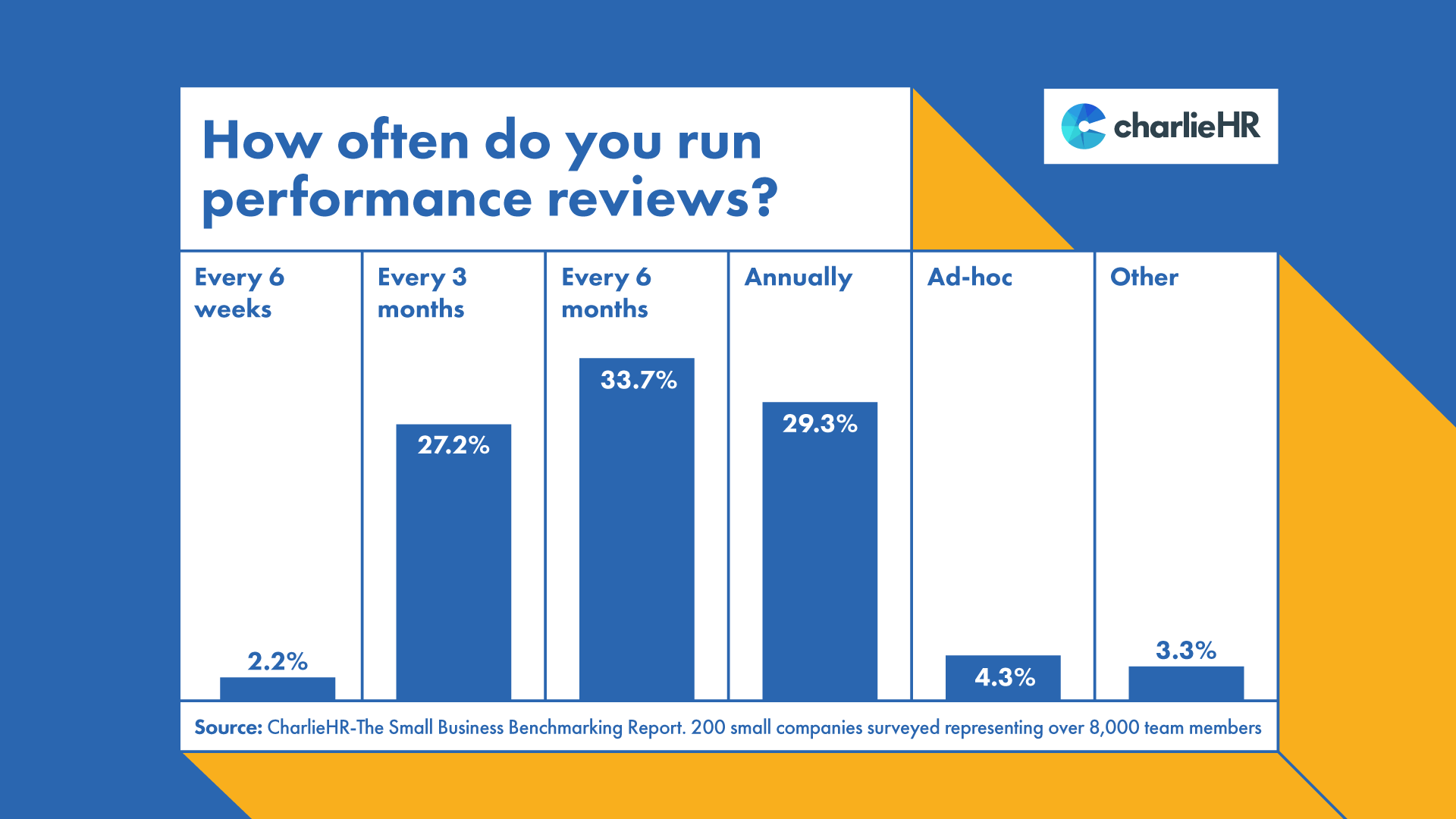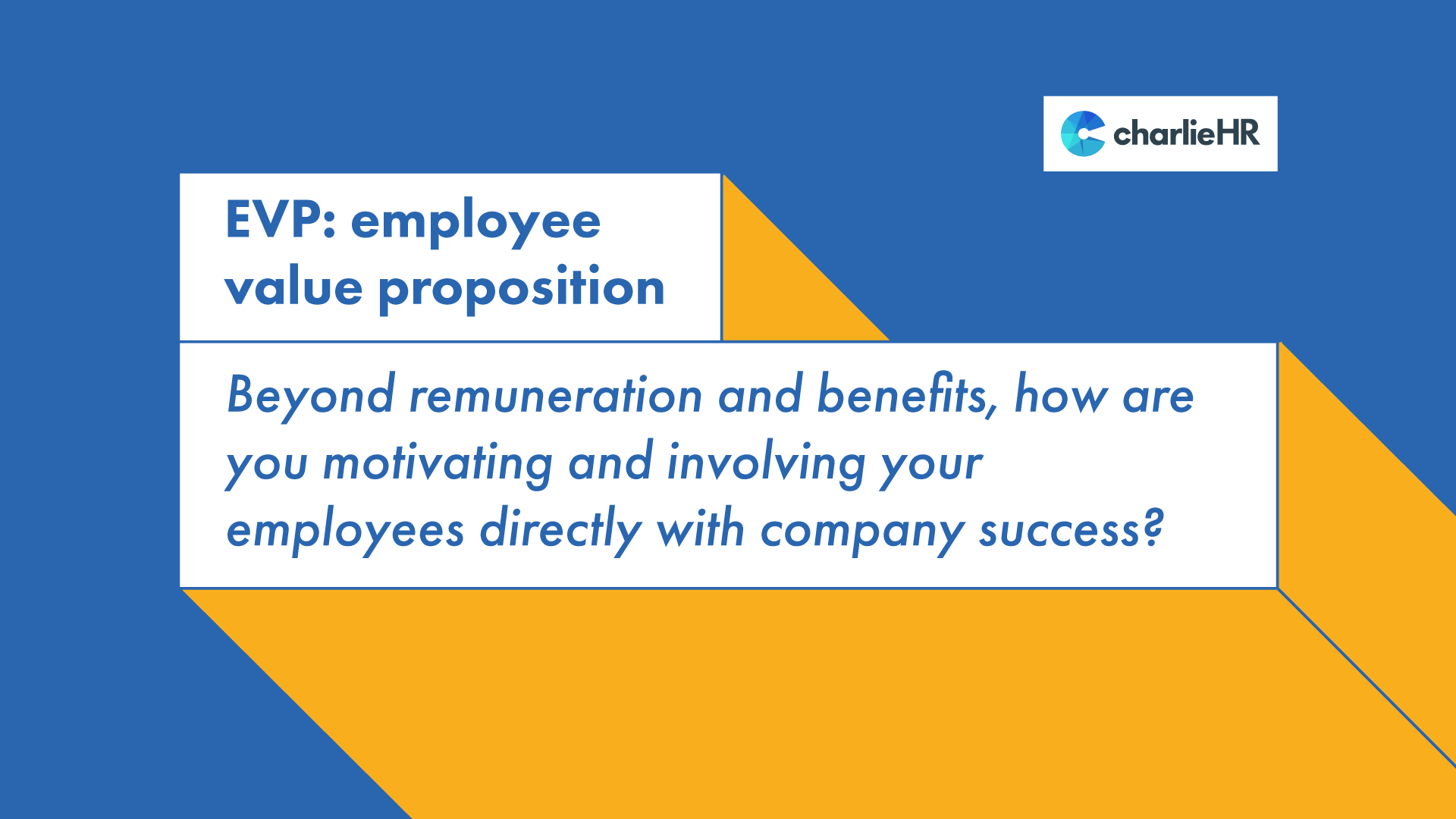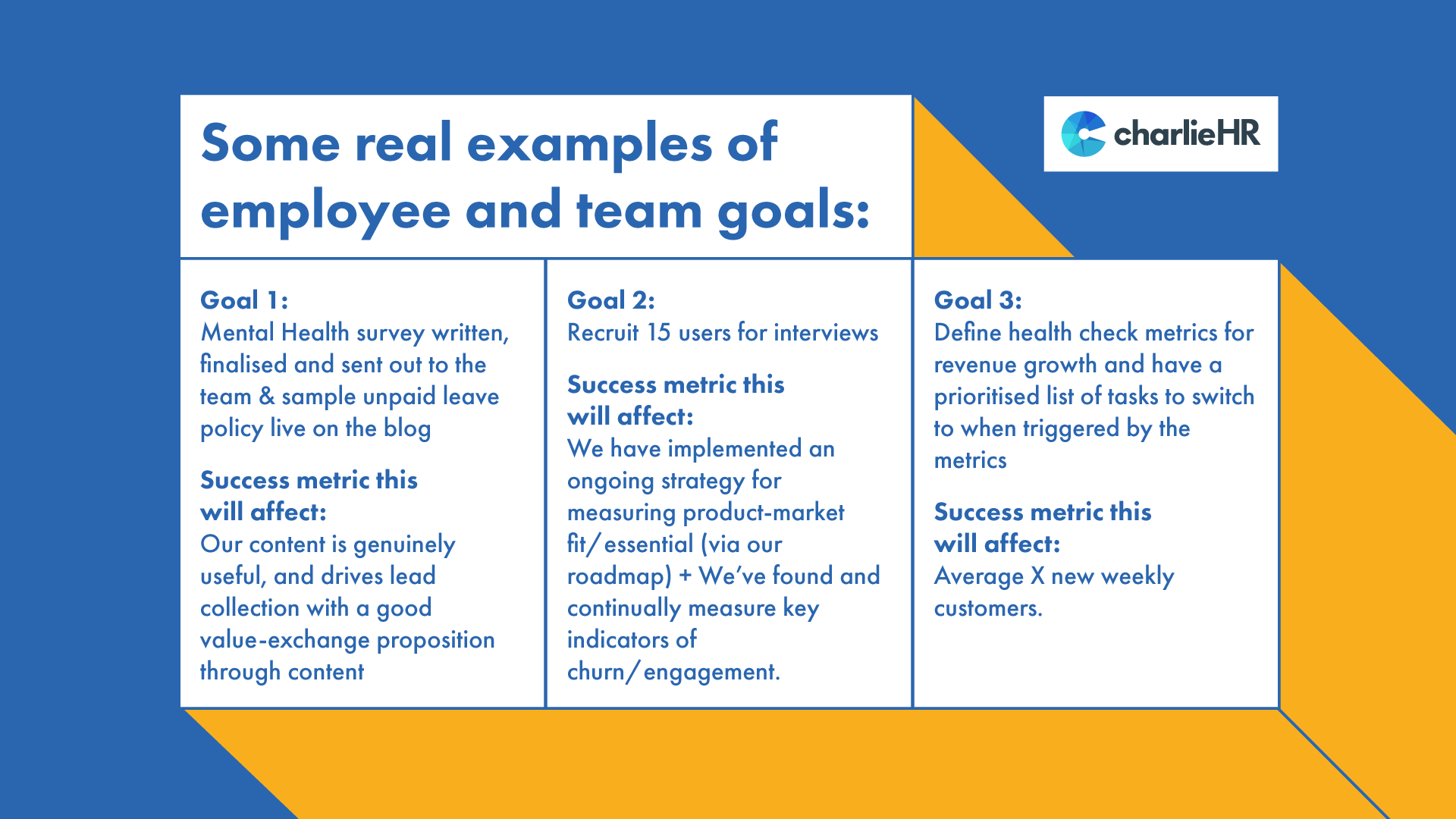Performance management and employee goals and objective examples

What is the purpose of performance management?
Performance management should be an ongoing series of one-on-one conversations where the company’s managers not only evaluate the performance of the employee, but the employee evaluates their own position and contribution to the business.
1) Leaders in a business have a wider perspective of each employee’s performance
Leaders in a business have a wider perspective of each employee’s performance. They should have an understanding of what an individual would need to do to move up in the company and grow in a way that is both productive for them and the company as a whole (and build a high-performance culture). Being a part of the wider leadership conversations means that managers specifically will have the best view of how an employee’s performance sits within the wider context of how the business is performing. It’s key for the employee to know how their input contributes to this, so it's essential that leaders evaluate and inform the individual.
2) Providing guidance and motivation for the individual
Without guidance from a leader or a manager, it’s near impossible for an individual employee to grow in their career and the business.
Many people are drawn to startups and scale-ups because of the relatively high level of autonomy individuals have at all levels of the business to operate and work towards goals and objectives.
But a major part of making sure those individual efforts succeed in carrying forward the business objective is some level of structure, guidance and feedback - as comfortable or uncomfortable as that may be in a fast-changing environment. These are all key elements of performance management which should be focussed on during performance reviews.
When should you conduct performance reviews?
The performance conversation needs to be defined from the very beginning of an employee’s time at the business.
Performance reviews should be ongoing discussions with continuous performance management. Rather than having them once or twice a year, it’s important to prioritise them. At Charlie, we have performance check-ins every month, and full performance reviews every 3 months.

What are the key elements of a good performance review?
1) They provide structure, guidance and feedback - tying individual efforts to the wider company objectives and success
Many companies, and their teams, believe their company is doing good work, important work. But if the individual employee can’t relate their own daily performance and input to that wider goal, the overall business objective and mission won’t be enough to motivate them.
Any success they have in their role will be harder to tie to the overall business success they’re seeing, big or small. People join startups to be connected to the company mission, so failing to tie their work to it will leave them feeling disconnected, unmotivated and probably confused as to how well they’re performing.
So it’s important to outline the EVP - how exactly the individual’s work, goals and objectives are contributing to the larger business goals.

2) They happen frequently, not on an annual or biannual basis
When performance reviews are run too infrequently, the day-to-day or week-to-week efforts of the individual can become too distant from the company's objectives. It becomes difficult for the individual to see how their work directly impacts business success, which can be demotivating.
3) They provide individuals with personalised feedback with specific examples
From a practical perspective - people now rightfully expect a more individualised experience at work. This sense of direct contribution to business success is what draws many individuals to small businesses in the first place. It’s only fair that everyone’s expectations are effectively managed in terms of what ‘good’ looks like, on a regular basis as company objectives grow and change.
4) They are run by the individuals’ own manager
The person’s own manager is someone who is close to their work on a daily basis. Someone who sees and understands their contributions on a closer level. The person best positioned to understand the efforts and contributions of the individual is their direct manager - rather than a far-away HR professional in the business (if there is one).
So how do you actually run one?
It can feel like a big process-driven change, but it doesn’t necessarily need to be that. It can be simpler than that. A good performance conversation should have all the above elements - but the performance review questions and individual pieces of feedback can look different to every team.
To help you set up and guide your team through productive performance reviews, we’ve put together some checklists below.
The first step is to make sure the individual’s goals and objectives are tied closely to the wider business objectives. The connection between their daily input should be clear to both managers and employees. The yardstick, in short, needs to be clearly visible and reachable.
Want to find out more about performance management software? Check out our best performance management software guide.
How to set good employee goals and objectives
Examples of good employee goals all have at least these things in common:
- They relate to the wider company objective
- They have a ‘north star’ metric that they work towards moving in some way, that ties directly to business success
- There are clear parameters for what success looks like
- They are realistic, but ambitious for the amount of time allotted to that goal
Mistakes to avoid when setting employee goals and objectives
- High-level decision-makers have an overly subjective view of what success is, and not relating it directly to the input of the team member
- A lack of ongoing coaching for team members
- Failure to define ‘performance’ and the process attached to measuring it
- Absence of a top-level lead in feedback culture
Specifically phrased employee and team objectives and examples:

Goal 1:
- mental health survey written, finalised and sent out to the team & sample unpaid leave policy live on the blog
Business success metric this will affect:
This goal is tied directly to customer awareness and acquisition.
Theory: If our content is genuinely useful, it will drive lead collection with a good value-exchange proposition through content. This will give us access to more people who may be interested in our product and services.
Goal 2:
- Recruit 15 users for interviews (goal tied to customer acquisition)
Business success metric this will affect:
This goal is tied directly to our ability to tailor our product and services to the needs of our customers - existing and potential.
Theory: If we speak to more interested parties about their HR needs, we will better understand how our product might help them with those needs. We will then be able to continue to improve our product and be able to attract more customers.
Hopefully, this has helped you find out more about employee goals and objectives examples. We've also got some extra resources to help you along the way:
- How and why your business should use Personal Development Plans
- Run 360 degree performance reviews
- What is Learning and Development?
- Underperforming employees and how to deal with them


